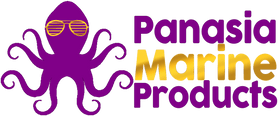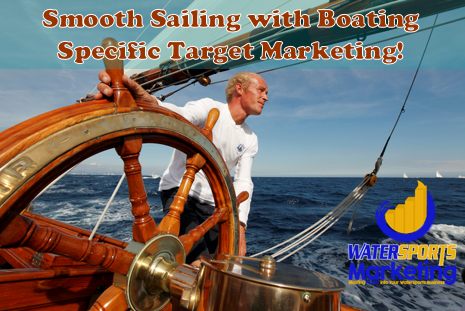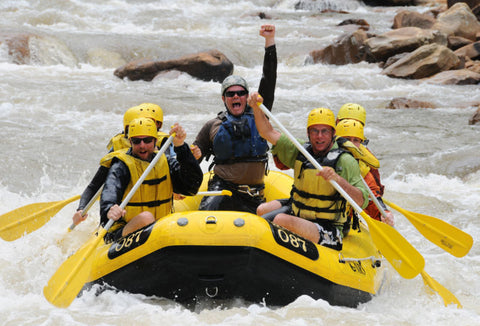Stock Up on Marine Supplies Before Heading Out
Boating can provide a sense of total freedom while you completely embrace the natural world. While boating can feel like endless fun, there is a serious side to boating activities. With some precautionary steps, you can keep an emergency from becoming a tragedy. Both the U.S. Coast Guard and boating professionals provide guidance in safety equipment requirements and recommendations.
There are two categories of marine supplies for safe boating: safety equipment required by the U.S. Coast Guard and safety equipment most boating professionals recommend although not required by the USCG. Let’s start with the bare minimum you’ll need before heading out on the water.
U.S. Coast Guard Required Boating Safety Equipment
- Life Jackets: The USCG requires either a Type I, II, III, or V life jacket or life vest for each person on your boat, both easily accessible and in good working condition. The life jackets must fit the intended person properly, and children under the age of 13 and non-swimmers are required to wear their life jackets as soon as they embark on the boat ride. Boating Shop Life Jackets at Reasonable Prices here
- Fire Extinguisher: While boats 26 feet and less are required to have at least one B-1 type Coast Guard-approved hand portable fire extinguisher, most boating professionals recommend three fire extinguishers, one for the forward cabin, one for the cockpit, and one for the galley area. Remember PASS – Pull, Aim, Squeeze, Sweep the base of the flames.
- Flotation Device: In addition to the life jackets for each person on the boat, you are also required to have a flotation device you can throw to someone who falls overboard. There are also overboard rescue systems like Lifesling.
- Bells & Whistles: If your boat is under 40 feet, you should have a sound producing device such as a horn or whistle. If your boat is over 40 feet, you are required to carry a bell, 7.87 inches in diameter at the mouth, and a whistle, heard from ½ a nautical mile.
- Visual Distress Signals: For both day and night, you’ll need at least three signals, such as flags, a launcher, and hand flares in a waterproof container. If your boat is less than 16 feet, you are required to carry three approved night signals, and if your boat is more than 16 feet, you must carry both three day and three night signals.
Boating Safety Equipment Highly Recommended
- Fixed mount VHF Radio: A VHF, or Very High Frequency, radio is used for mayday calls and for communicating with harbors, locks, bridges, and marinas. Keep your VHF radio tuned to Channel 16, the international calling and distress channel.
- GPS: While you may be able to gauge where you are by landmarks in good weather, GPS comes in handy in fog, rain, and darkness.
- Personal Locator Beacon: PLBs send an SOS signal to rescue agencies along with your location. Smart phones are not useful on the water because 911 networks have limited connectivity.
After you’ve collected your boating safety equipment, you can set your mind at ease as you set your boat to sail. Not only will you be in a position to rescue your own crew, but with your VHF radio, you may be the one to rescue someone else’s crew. Bon voyage!
Learn more about stocking up for long voyages and boating safety: www.PanasiaMarine.com



